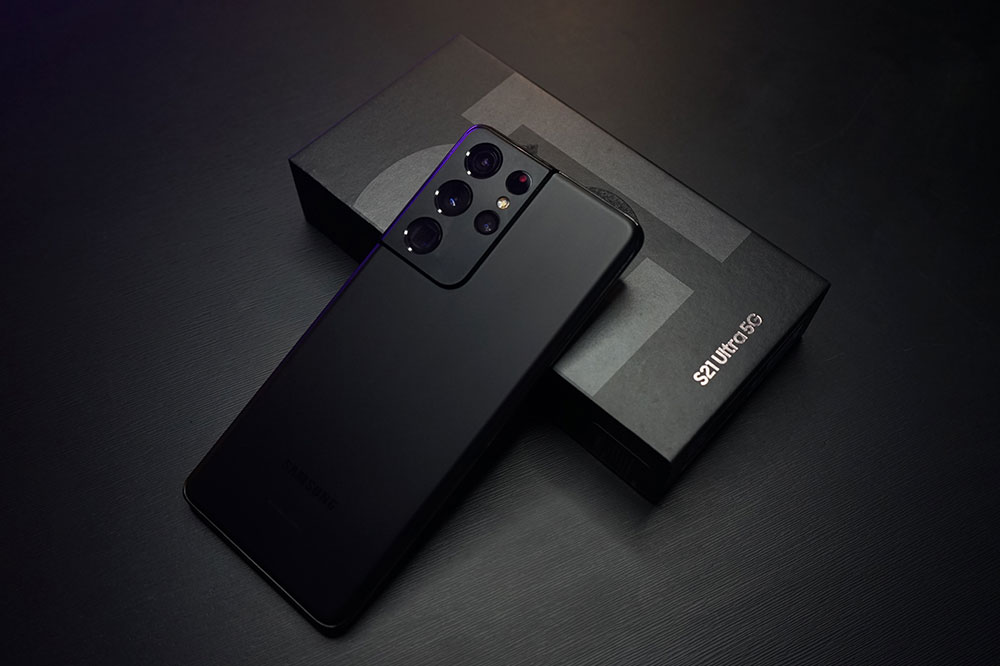The Rising Trend and Impact of Touchscreen Smartphones in Modern Life
Touchscreen smartphones have become integral to modern life, combining cutting-edge technology with sleek design. This comprehensive article explores their evolution, technological features, diverse market options, and profound societal impact, highlighting how they enhance communication, entertainment, and productivity for users worldwide.

In today’s fast-paced digital world, touchscreen smartphones have become an indispensable part of daily life, revolutionizing how we communicate, work, and entertain ourselves. The evolution of touchscreen technology has significantly transformed mobile devices from basic communication tools into sophisticated multifunctional gadgets that combine style, convenience, and high performance. This article explores the increasing popularity of touchscreen smartphones, their technological advancements, diverse options for consumers, and their profound influence on contemporary lifestyles.
Touchscreen smartphones are increasingly preferred by consumers across all age groups, primarily because of their intuitive interfaces and seamless user experiences. Unlike traditional phones with physical keyboards, these devices utilize capacitive or resistive screens that respond directly to touch inputs—making navigation more natural and instant. The visual clarity provided by high-resolution screens enables users to enjoy streaming videos, play immersive games, and manage complex applications with ease. Whether it’s browsing social media, checking emails, or editing documents, touchscreen smartphones streamline these tasks, boosting productivity and entertainment on the go.
The market for touchscreen smartphones has seen exponential growth, fueled by technological advancements and innovative features. Leading manufacturers such as Apple, Samsung, Huawei, and Google continually push the boundaries of design and functionality, offering a wide array of models tailored to different needs, preferences, and budgets. From premium flagship devices equipped with cutting-edge cameras, powerful processors, and vibrant displays, to budget-friendly options that provide essential functionalities without breaking the bank, there is a smartphone suited for every consumer.
Historically, early touchscreen devices faced criticism for being bulky and difficult to operate. However, recent breakthroughs in screen technology have made devices slimmer, lighter, and more ergonomic. Flexible OLED displays, scratch-resistant glass, and improved touch sensitivity have contributed to creating sleek devices that fit comfortably in the hand, making them accessible and easy to use for all age groups. In addition, innovations like curved screens and foldable models further enhance usability and aesthetic appeal, fueling the trend towards more immersive digital experiences.
Beyond aesthetics and usability, touchscreen smartphones have also become potent symbols of personal identity and modernity. Many people see owning the latest model as a status symbol, reflecting their technological savvy and social standing. Customizable interfaces, diverse color options, and exclusive features allow users to personalize their devices, making them an extension of their individual style. This personalization aspect has significantly contributed to the widespread popularity of smartphones, further deepening consumer engagement and brand loyalty.
As essential tools in our interconnected world, touchscreen smartphones serve multiple critical functions—communication, entertainment, productivity, and even health monitoring. Messaging apps, video calls, and social media platforms enable instant contact with friends and colleagues worldwide. Meanwhile, streaming services, music apps, and e-books provide endless entertainment options. For professionals, smartphones offer mobile office capabilities, including document editing, video conferencing, and cloud storage, ensuring productivity regardless of location.
Initially, the high cost of advanced smartphones made them accessible only to a privileged few. However, the industry has now democratized access, offering a vast array of affordable smartphones suitable for different segments of society. Consumers can compare prices online, read user reviews, and analyze specifications to make well-informed purchasing decisions. This competitive landscape has driven down prices while maintaining innovative quality, making smartphones accessible to a broader audience globally.
The underlying touchscreen technology—capacitive and resistive—has been at the core of these devices' evolution. Capacitive screens, responsive to conductive touch, are now standard and support multi-touch gestures, allowing for pinching, zooming, and swiping. Resistive screens, which rely on pressure, are less common but still used in specialized applications. Additionally, features like oleophobic coatings minimize fingerprint smudges, enhancing the visual experience. Screen protectors, such as tempered glass or film, help preserve display integrity and extend device lifespan, ensuring consistent performance over time.
Modern smartphones not only have larger screens but also increased internal storage and improved battery life. High-capacity batteries enable longer usage, supporting continuous media consumption and multiple applications without frequent recharges. Expandable storage options and faster processors improve overall user experience, reducing lag and enhancing multitasking capabilities. Cameras have also seen remarkable improvements, with many models offering multiple lenses, enhanced low-light performance, and 4K video recording, transforming smartphones into powerful photography and videography tools.
To optimize the smartphone experience, consumers should consider consulting technology experts and reading comprehensive reviews before making a purchase. Factors such as operating system preferences (Android vs. iOS), hardware specifications, software updates, and after-sales support play critical roles. Educating oneself about sensor functionalities—like accelerometers, gyroscopes, and proximity sensors—can further enhance device usability and functionality.
In conclusion, touchscreen smartphones have profoundly impacted modern life, merging innovative technology with sleek design and user-friendly features. They continue to evolve, offering unprecedented levels of convenience, connectivity, and entertainment. As manufacturers push the boundaries of what these devices can do, consumers can look forward to even smarter, more efficient, and more versatile smartphones in the near future. The widespread availability and continual advancement of touchscreen technology ensure that these devices will remain at the forefront of personal and professional communication, shaping the way we live, work, and play in the digital age.





